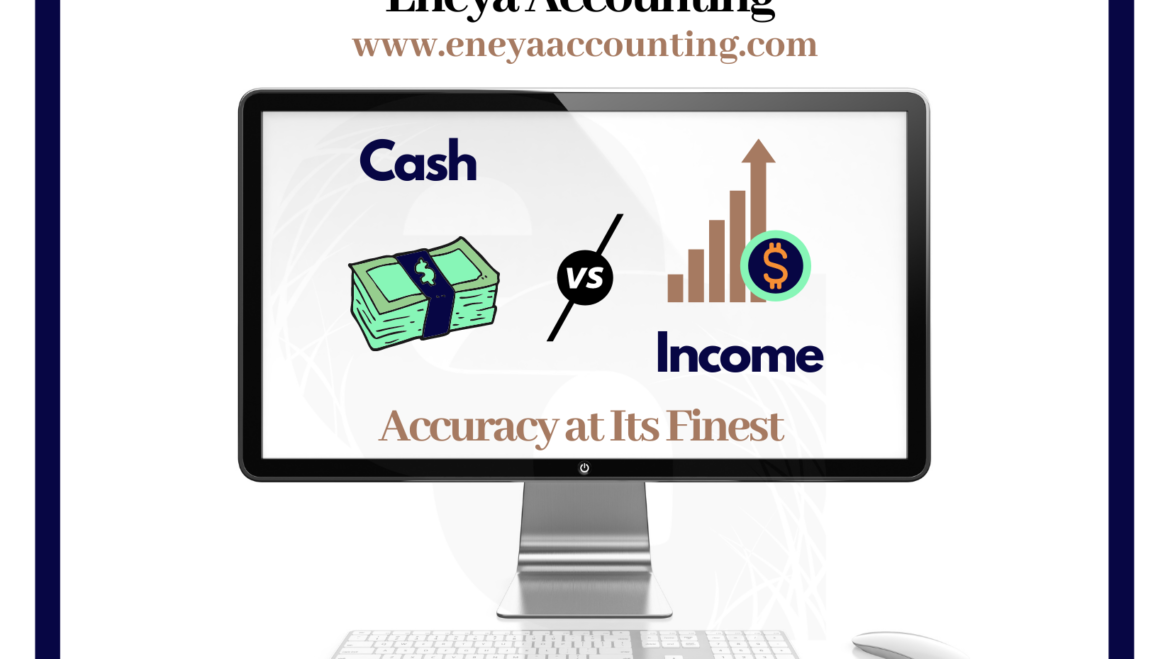Cash Flow versus Net Income
Most business owners struggle figuring out why their financials (income statement) show that their company is profitable, but the business has zero to almost no cash on hand. This leads many business owners to ask, what is cash flow versus net income? Before diving into details, it is more practical to start defining and distinguishing profit from cash.
Profit is defined as the offsetting results of what you have earned against how much it costs you to generate that income. The costs or expenses should solely be related to the business activities.
Cash or cash equivalents are the liquidity reserve of what a business has earned and not used at the same time. The bank balance gives a snapshot of how much is on hand, but it is important to consider the cutoff and scheduled automatic payments as factors that impact the cash balance in the bank accounts.
Now, let us dive into the income statement details. The costs included in the income statement (earning statement) are administrative and operating, which means solely related to daily, weekly, and monthly operations of the business, in addition to loan interest payments. The remaining business-related expenses that have a significant balance, depending on the threshold implemented by the business, should be categorized as assets or business liability payments, which are not included in the income statement, but are categorized in the balance sheet.
For non-business expenses, they are usually categorized in the equity accounts of the business, which is a part of the balance sheet. Excluding personal-related expenses, asset purchases and liability repayments reduce the operating expenses, which also increase the net income of the business.
However, the net income balance is not the cash that the business has on hand. The net income reflects the business performance for a specific period. The most accurate snapshot of cash on hand is the bank balance. However, businesses should take into consideration the cutoff time for uncleared checks and the automatic scheduled payments that will credit the bank accounts.
As business owners, it is critical to know the distinction between cash on hand and the net income to avoid confusion and to facilitate understanding of their business process.
Do you want to learn more? Eneya Accounting provides virtual training for small and medium business owners for a better understanding of their financials.
